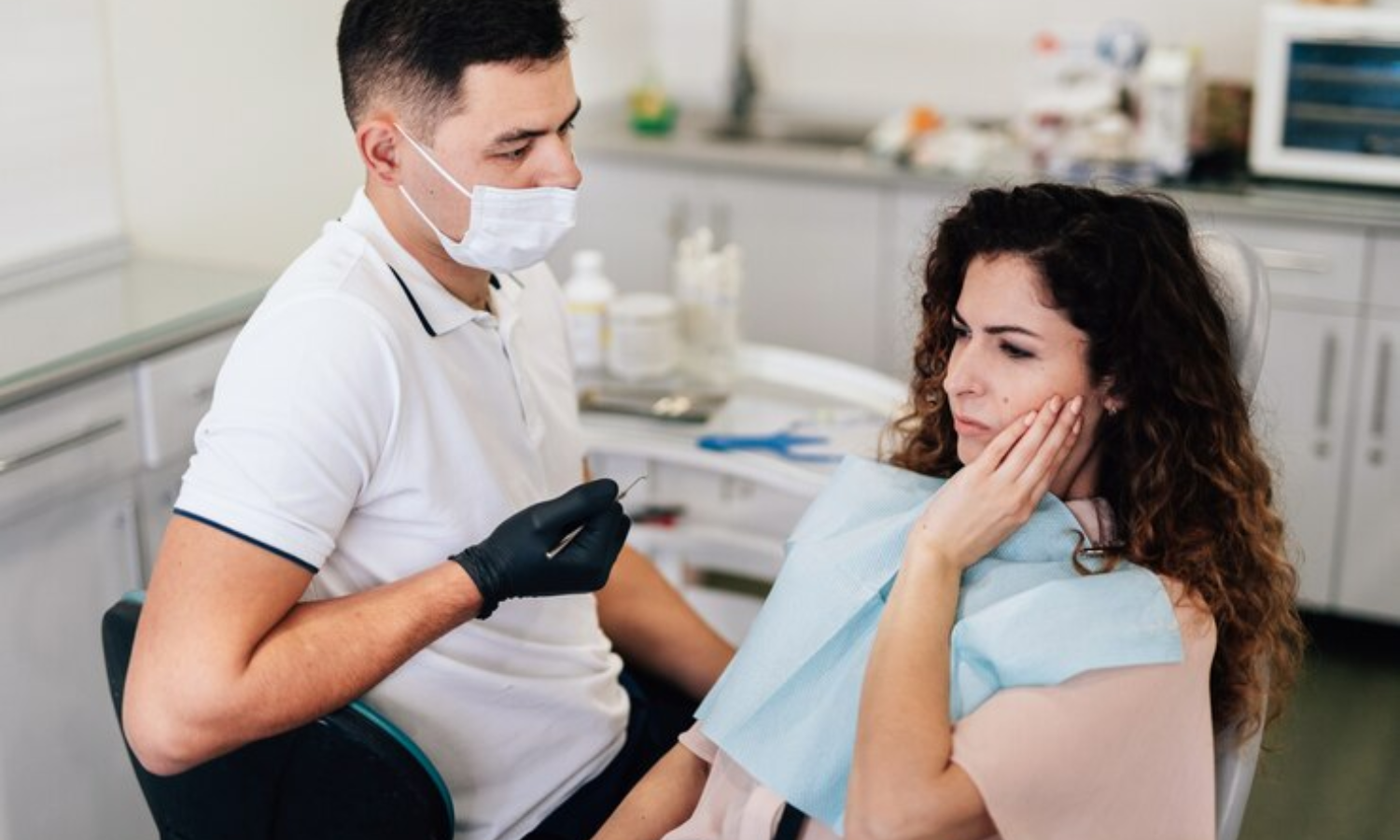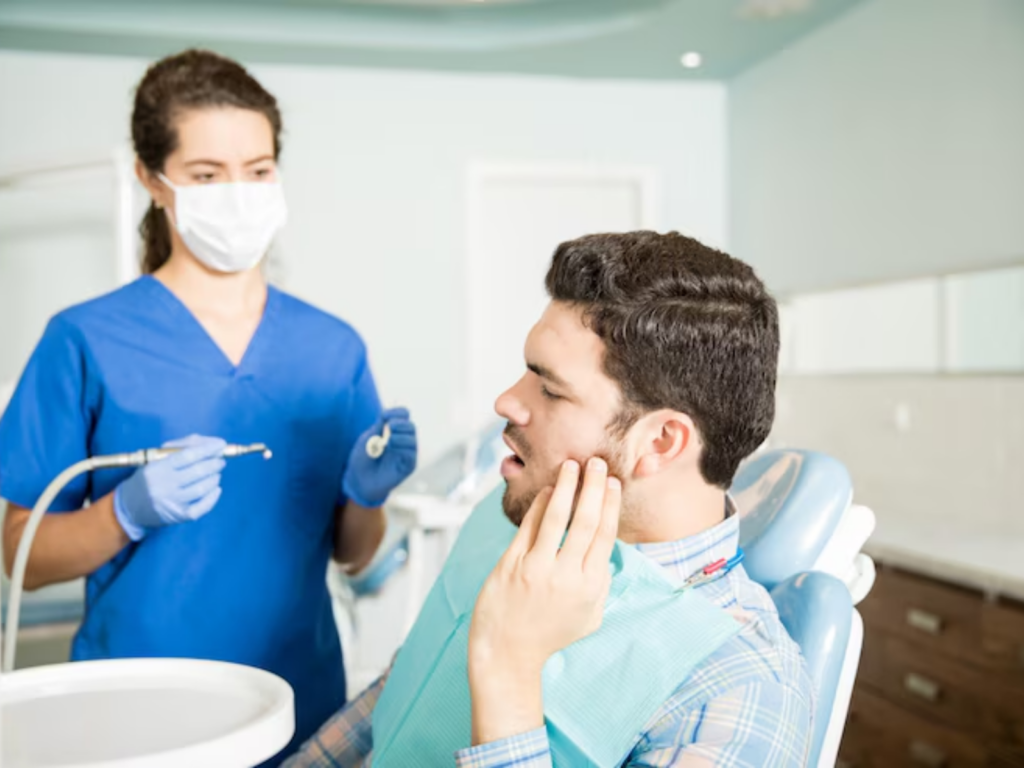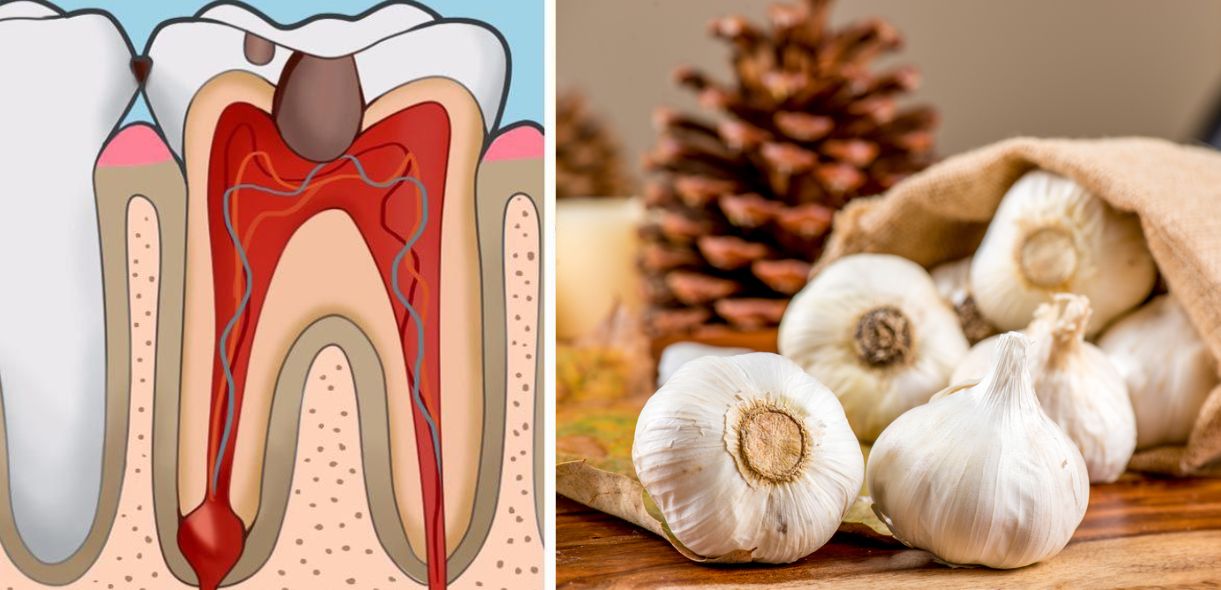
In the realm of oral health, dental emergencies can arise unexpectedly, causing discomfort and requiring immediate attention. Knowing how to identify and respond to common dental emergencies can make a significant difference in preserving your oral health and reducing potential complications. From sudden toothaches to traumatic injuries, understanding the appropriate steps to take during a dental emergency can help you navigate these situations with confidence.
Understanding Dental Emergencies
Dental emergencies encompass a range of conditions that require urgent dental care to alleviate pain, prevent further damage, and preserve the affected tooth or oral structure. These emergencies can occur due to various factors, including trauma, infection, or underlying dental conditions. Prompt action and seeking professional dental assistance are crucial in managing these situations effectively.
Common Dental Emergencies and Their Management

1. Severe Toothache
A sudden, intense toothache often indicates an underlying issue such as decay, infection, or a dental abscess. To manage a severe toothache:
- Rinse your mouth with warm water to clean the affected area.
- Use dental floss to remove any food debris that may be causing discomfort.
- Apply a cold compress to the outside of the cheek to reduce swelling.
- Contact your emergency dentist promptly for evaluation and treatment.
2. Knocked-Out Tooth
A knocked-out tooth requires immediate attention to increase the chances of saving the tooth. Follow these steps:
- Handle the tooth by the crown (top part), avoiding touching the root.
- Rinse the tooth gently with water if it’s dirty, but do not scrub or remove any attached tissues.
- Try to reinsert the tooth back into its socket if possible. If not, store it in milk or saliva to keep it moist.
- Contact your emergency dentist immediately for further instructions and treatment.
3. Cracked or Fractured Tooth
A cracked or fractured tooth can result from trauma, biting on hard objects, or underlying dental issues. To manage:
- Rinse your mouth with warm water to clean the area.
- Apply a cold compress to the outside of the cheek to reduce swelling.
- Avoid chewing on the affected side of the mouth.
- Contact your emergency dentist for evaluation and appropriate treatment.
4. Lost Dental Filling or Crown
Losing a dental filling or crown can expose the underlying tooth structure and cause sensitivity or discomfort. Here’s what to do:
- Keep the filling or crown if possible.
- Clean the affected area carefully.
- Use over-the-counter dental cement or temporary filling material to cover the exposed tooth surface temporarily.
- Contact your emergency dentist to schedule an appointment for re-cementing or replacement.
5. Abscess or Dental Infection
A dental abscess is a serious infection that can cause severe pain, swelling, and fever. It requires immediate dental attention to prevent the infection from spreading. If you suspect an abscess:
- Rinse your mouth with warm salt water to help reduce discomfort.
- Use a cold compress to reduce swelling on the outside of the cheek.
- Contact your emergency dentist immediately for evaluation and treatment, which may include antibiotics and drainage of the abscess.
6. Soft Tissue Injuries
Injuries to the lips, cheeks, gums, or tongue due to trauma should be addressed promptly to control bleeding and prevent infection. Here’s how to manage:
- Clean the injured area gently with water.
- Apply pressure using a clean cloth or gauze to control bleeding.
- Use a cold compress on the outside of the cheek to reduce swelling.
- Seek immediate dental or medical attention, depending on the severity of the injury.
What to Do Before Seeing an Emergency Dentist
In any dental emergency, it’s essential to take certain actions before seeing an emergency dentist:
- Stay Calm: Remain calm and assess the situation to determine the appropriate course of action.
- Manage Pain: Use over-the-counter pain relievers as directed to manage pain or discomfort temporarily.
- Keep the Area Clean: Rinse your mouth with warm water to clean the affected area and remove debris.
- Contact Your Dentist: Reach out to your emergency dentist as soon as possible to schedule an appointment or seek immediate guidance.
Preventing Dental Emergencies
While some dental emergencies are unavoidable, you can take preventive measures to reduce the risk:
- Maintain good oral hygiene by brushing twice a day and flossing daily.
- Visit your dentist regularly for check-ups and professional cleanings.
- Wear a mouthguard during sports activities to protect your teeth from injury.
- Avoid chewing on hard objects or using your teeth as tools to prevent fractures or damage.
Navigating dental emergencies requires quick action and knowing how to respond effectively can make a significant difference in preserving your oral health. By understanding common dental emergencies and their management, you can be better prepared to handle unexpected situations and seek timely dental care when needed. Remember to contact your emergency dentist promptly for guidance and treatment to alleviate pain, prevent complications, and restore your oral health.
Empower yourself with knowledge about dental emergencies and take proactive steps to protect your smile and overall well-being. With the right approach and timely intervention, you can mitigate the impact of dental emergencies and maintain a healthy, confident smile for years to come.


